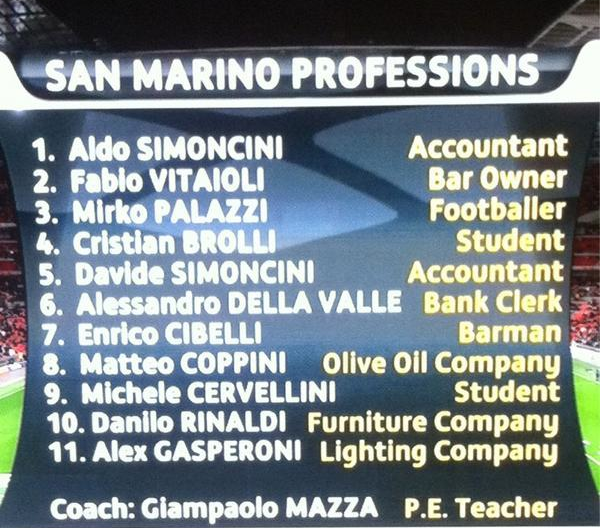- 134,901
- 153,402
- Joined
- Mar 16, 2010
Drogba's flourishing outchea 


^Naa man ,they both belong on that upper pantheon of legends that could've dominated in any era imo
,they both belong on that upper pantheon of legends that could've dominated in any era imo



^Naa man
 ,they both belong on that upper pantheon of legends that could've dominated in any era imo
,they both belong on that upper pantheon of legends that could've dominated in any era imo
Last edited:









